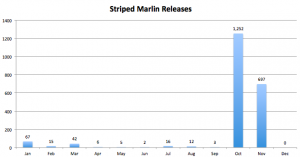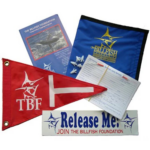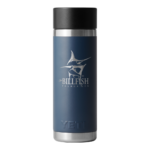
The Billfish Foundation maintains the largest private tag and release database in the world, with over 260,000 records. In 2019 alone, over 11,000 new tag, release, and recapture records were added to this database, representing an enormous amount of data to help us learn more about billfish life history. Of these over 11,000 new records in 2019, 2,536 were of striped marlin, including 6 striped marlin recaptures. 84% of striped marlin were released without tags, while 16% were tagged. To learn more about how to identify a striped marlin, check out our youtube channel!
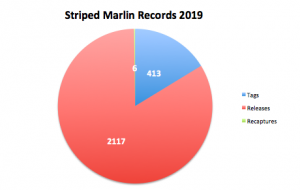
Tags:
413 striped marlin were tagged by 185 anglers and 42 captains in 2019. These fish were tagged in released from 11 countries, including Mexico, Australia, USA, El Salvador, Peru, Costa Rica, Japan, South Africa, Kenya, and Ecuador. Striped marlin are not found in the Atlantic Ocean. As such, 410 of tagged fish were in the Pacific Ocean, and only three were in the Indian. On average, tagged striped marlin weighed approximately 92.9lbs (42.1kg). Laura Jessen and her Captain Ben Horning and team aboard the Fish Tank had the highest striped marlin tagging numbers of the year.
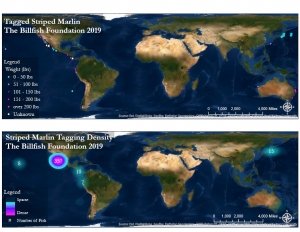
The vast majority of striped marlin, 357 0f the total 413, were tagged off the west coast of Central America. Of these 357, 332 were tagged off of the southern point of Baja California in Mexico.
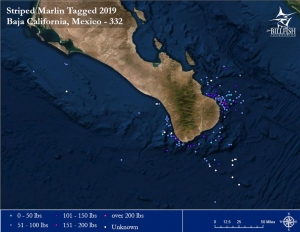
Striped marlin were tagged year round in 2019, though tagging peaked in October. The lowest tagging activity was seen in April and December.
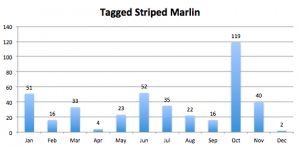
Releases:
It was far more common for striped marlin to be released without tags than to be tagged in 2019. In fact, an enormous total of 2,117 striped marlin were released without tags in 2019. Of these, 2,092 were released in the Pacific Ocean, while 25 were released in the Indian Ocean. The majority of these fish were released off of Mexico, Guatemala, Costa Rica, and Australia, and a few were released off of Peru and Kenya. Far fewer anglers and captains were responsible for releasing fish in 2019, only 45 anglers and 22 captains for the entire 2,117 fish dataset. Major players in these releases were Gray Ingram, Camila Ingram, and Captain Scott Jones, who, in some cases, released multiple dozen per day.
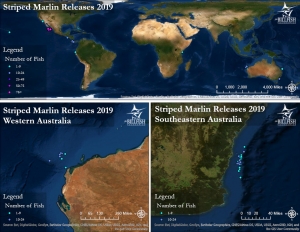
As with tags, the majority of striped marlin releases were concentrated off the west coast of Central America, particularly Baja California.

Striped marlin releases followed the same general temporal trend as tags. Lows occurred in late spring and early summer, while peak times were seen in the fall.
Recaptures:
Six striped marlin were recaptured in 2019. Five of these recaptures were in the peak area off eastern Central America and Baja. However, one fish was tagged and recaptured off of Japan. They traveled an average of 552 km/343 mi, though distances ranged from 36.1 km/22.4 mi to 2020.4 km/1255.4 mi. Time at large ranged from just one day to almost two years.
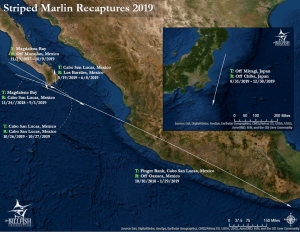
To learn more about tagging and how to get involved, check out our website. You can also purchase tagging equipment and other TBF gear at our online shop! To stay up-t0-date will all things billfish, become a member, subscribe to our monthly newsletter, and follow us on social media and Youtube, @TheBillfishFoundation.

